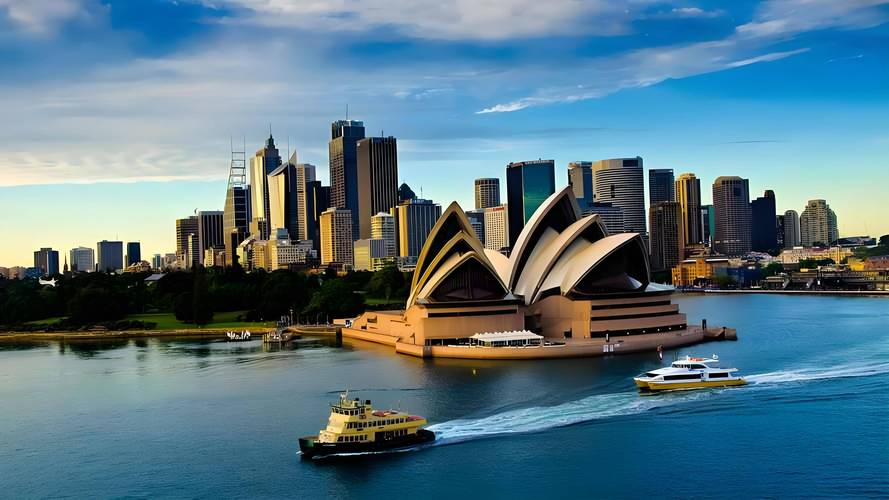
Education minister Claire issued “Ministerial Order 111”(MD111) on December 19 following the failure of the government’s previous plan to cap international student numbers, replacing the controversial ministerial order 107(MD107) , it announced that it would control immigration by slowing the issuance of student visas.
At the end of the 2023 year, the Ministry of Education issued MD107, which prioritises “Low-risk” educational institutions such as GO8 member universities, the ABC Australian Broadcasting Corporation, and international student visa applications from“Low-risk countries”. The policy is believed to have led directly to the disadvantage in enrolment of educational institutions in small and medium-sized cities. International Education Media The PIE reported that MD111 will process student visa applications in accordance with“Priority 1(high)” and“Priority 2(standard)”. The Australian immigration service will give priority to applications for“Priority 1(high)” student visas within 80 per cent of each institution’s quota. After reaching the 80% quota, student visa applications from the educational institution will be classified as“Priority 2(standard)” and placed at the end of the visa approval queue, priority will also be given to student visa applications from educational institutions that have not yet reached the 80 per cent quota.
ABC said the move was an“Alternative” way of limiting the number of international students. In an open letter to Australian universities, Claire said MD111 would make the student visa system “Better” and “Fairer”. Galag, the Finance Minister, said the government had no choice but to “Do it through legislation” but was blocked by the opposition, legislation limiting the number of international students could not be passed. Gallagher said the new ministerial order would allow a fairer“Flow to regional and smaller universities” of international student visa applications.
After the introduction of MD111, the Australian education sector caused widespread debate. In the 2023-2024 fiscal year, about 60,000 fewer visas were issued to higher education students than the previous year, ABC reported. Earlier this year, the Australian government set an indicative cap on the number of international students enrolled at educational institutions, based on previous levels of international student enrolment and the composition of the student body. Prominent institutions such as Australian national universities and University of New South Wales universities will be the biggest losers, with international student enrolment falling by nearly 15 per cent in 2025 compared with the 2023 forecast. Go8 chief executive Tomson said Canberra was replacing one flawed policy with another. Announcing the change at the end of the year would create more uncertainty for educational institutions and international students, she said.
According to the The Australian, Rizvi, a former deputy director of the Australian Immigration Service, said: It is“Illegal” for the Labour government to use the visa-processing mechanism in MD111 to control the“De facto ceiling” on the number of international students. “The Australian government is legally obliged to process all offshore visa applications in a timely manner,” he said, adding that immigration officials were also obliged to process all overseas applications before the start of the new school year. Rizvi argues that “It is illegal to deliberately engineer a backlog of visa approvals in order to use it as some sort of de facto ceiling”. Some in the industry have questioned what action the government will take to deal with the excess of international students at universities, or how long it will take to process the remaining 20 per cent of visas.